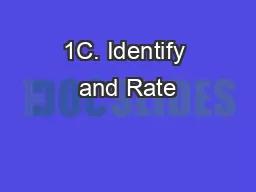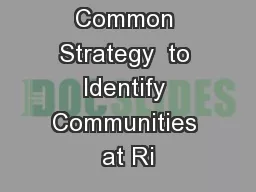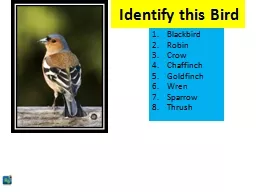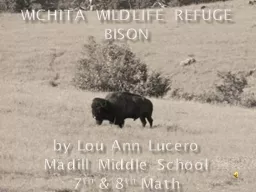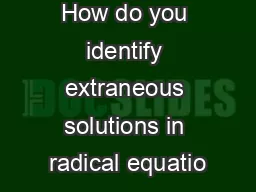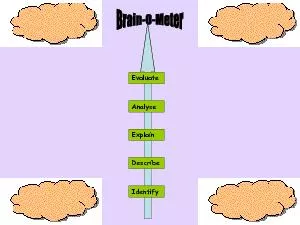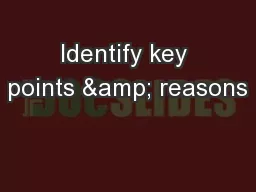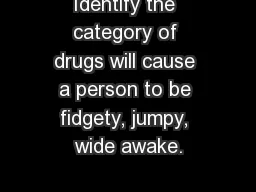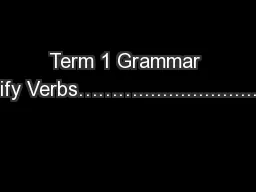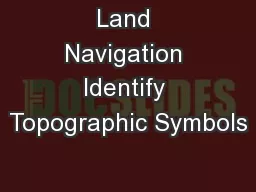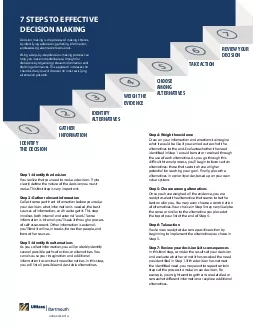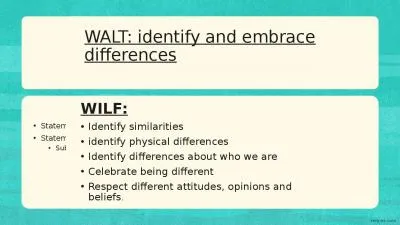PPT-1C. Identify and Rate
Author : olivia-moreira | Published Date : 2017-11-06
Critical Threats Conservation Coaches Network Workshop Presentation Attribution Product of the Conservation Coaches Network 2012 These presentations were developed
Presentation Embed Code
Download Presentation
Download Presentation The PPT/PDF document "1C. Identify and Rate" is the property of its rightful owner. Permission is granted to download and print the materials on this website for personal, non-commercial use only, and to display it on your personal computer provided you do not modify the materials and that you retain all copyright notices contained in the materials. By downloading content from our website, you accept the terms of this agreement.
1C. Identify and Rate: Transcript
Download Rules Of Document
"1C. Identify and Rate"The content belongs to its owner. You may download and print it for personal use, without modification, and keep all copyright notices. By downloading, you agree to these terms.
Related Documents

